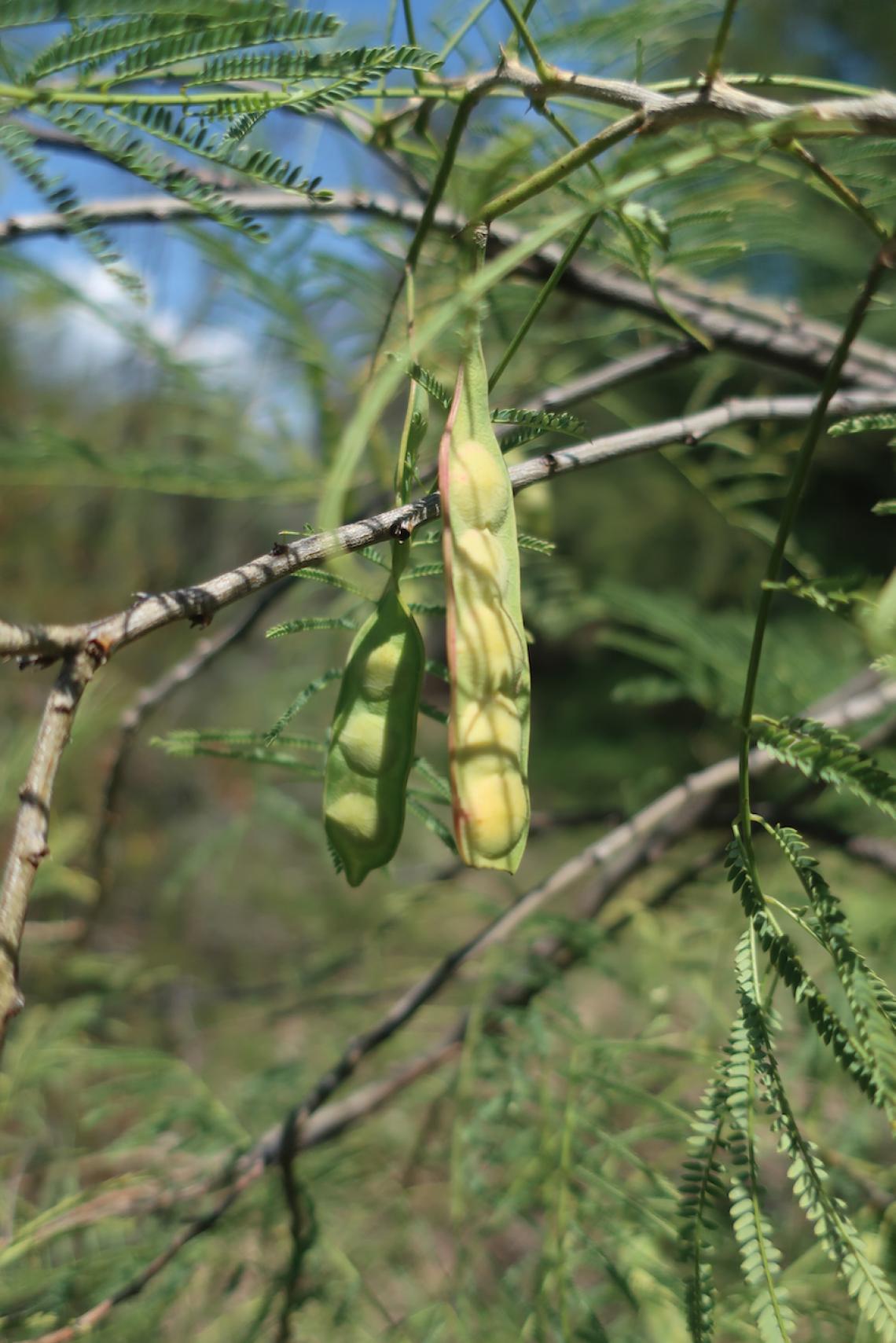Available Seed Accessions
| Accession No. | Taxon | Availability | Country | State/Province | Provenance |
|---|---|---|---|---|---|
| 890340D |
Mariosousa millefolia
|
A (Abundant) | United States | Arizona |
Cultivated
|
| 890344 |
Mariosousa millefolia
|
A (Abundant) | United States | Arizona |
Wild
|
| 890344D |
Mariosousa millefolia
|
A (Abundant) | United States | Arizona |
Cultivated from seeds of known wild origin
|

